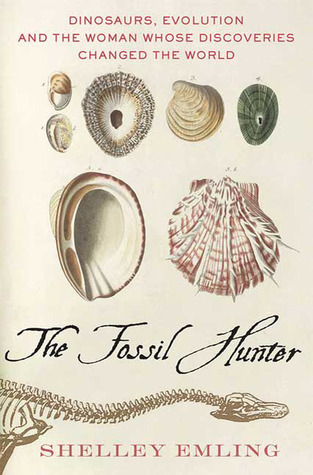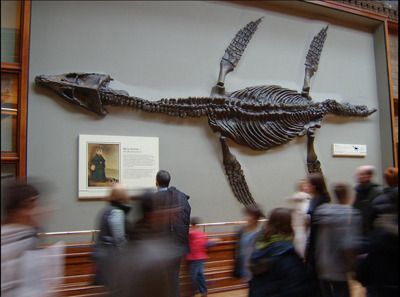What do you think?
Rate this book


256 pages, Hardcover
First published October 13, 2009
”And new species of plesiosaurs—a most diverse group of aquatic carnivores—are being discovered to this day. One of the oldest and most complete skeletons of a prehistoric aquatic reptile has been uncovered in North America, representing an entirely new group of plesiosaurs. This 8.5 foot specimen, known as Nichollsia borealis, is one of the most complete and best-preserved North American plesiosaurs from the Cretaceous Period.”

Breathing in the sharp salty air, she spend the next few hours scouring the crumbling black marl, a finely textured clay containing limestone nodules that sullied he skirt and hands beyond recognition. It wouldn’t have mattered. It was wonderful to be back on the beach. But, so soon after her father’s death, her good time might have been marred by questions. Had all those walks on the shore with her father been too much for him? Why had she always pestered him to stay out in the cold so long? She might have recalled the way her father used to affectionately refer to her as “Mary girl” while they stalked the unusual stones together, side by side, and her eyes would have begun to swim.